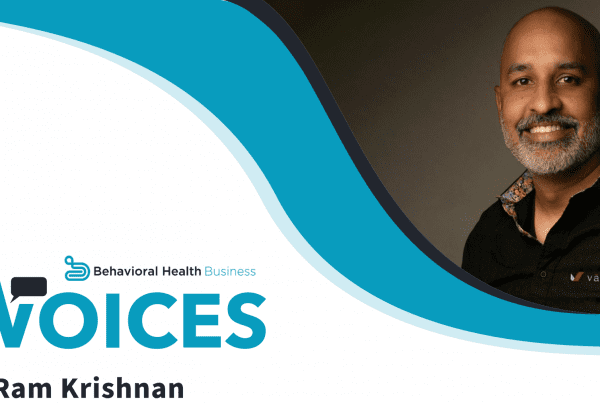Effective treatment planning is crucial for providing high-quality behavioral healthcare. Wiley Treatment Planners, which offer a streamlined approach to creating comprehensive, evidence-based treatment plans, is a valuable tool for behavioral health professionals. Efficient treatment planning is important, too—it allows providers to spend more time on direct patient care and less time on administrative tasks.
Understanding Wiley Treatment Planners
Wiley Treatment Planners are a resource designed to help behavioral health professionals quickly develop formal treatment plans. They are digital tools that provide extensive pre-written treatment goals, objectives, and interventions for a wide range of behavioral health issues. The planners are regularly updated to include empirically supported, evidence-based treatment interventions, ensuring that practitioners have access to the most current and effective strategies.
Wiley Treatment Planners include customizable templates for different disorders and client populations, along with DSM-5 diagnostic suggestions and ICD-10-CM codes for each presenting problem. The planners can be integrated with behavioral health-specific electronic health record (EHR) systems. Overall, the planners are part of a shift toward providing more standardized, evidence-based care—while still offering the flexibility needed for personalized care.
Time-Saving Benefits of Wiley Treatment Planners
The biggest advantage of Wiley Treatment Planners is the significant time savings they offer. By providing practitioners with pre-written, customizable content, the planners make it possible to reduce time spent on documentation, allowing for more focus on direct patient care. In solo practices, this can mean being able to see more clients or to allocate more time to complex cases. For group practices, it ensures consistency across providers while still allowing for individual clinical judgment.
The automated nature of the planners allows for quick updates and modifications to treatment plans as client needs evolve. Reporting features allow for ongoing progress tracking. The time saved on administrative tasks can be substantial, helping behavioral health professionals manage their caseloads and improve overall practice efficiency.
Improving Patient Care with Wiley Treatment Planners
Beyond efficiency, Wiley Treatment Planners contribute to improved patient care in several ways. By providing access to up-to-date, research-supported interventions, the planners ensure that patients receive care aligned with current best practices and guidelines. The standardized approach promotes continuity of care even when multiple providers are involved. Consistency in documentation and treatment simplifies communication among a patient’s care team members, reducing the risk of conflicting interventions and helping ensure that all providers are working toward the same goals.
Despite their standardized base, Wiley Treatment Planners also allow for customization to address individual patient needs. The planners’ clear structure facilitates improved monitoring of patient progress, supporting the growing emphasis on outcome-based care in behavioral health.
Real-World Applications in Behavioral Health Practices
The versatility of Wiley Treatment Planners makes them useful in a range of behavioral health settings. They can help solo practitioners manage their caseload more effectively, ensuring comprehensive care plans even with limited administrative support. For group practices, they promote consistency in documentation and approach across different providers, potentially improving patient outcomes. In integrated care settings, such as primary care practices incorporating behavioral health services, the planners can help non-specialist providers develop appropriate treatment plans.
Integration with Behavioral Health-Specific EHR
The integration of Wiley Treatment Planners with behavioral health-specific EHR systems improves workflow integration, allowing practitioners to access the planners from within their EHR. It also provides enhanced data management—treatment plans can be stored, accessed, and updated within the patient’s electronic record.
The standardized format helps ensure that treatment plans meet regulatory requirements, improving compliance. Well-documented, compliant treatment plans provide clear justification for services rendered, reducing the likelihood of claim denials from insurance companies.
Getting Started with Wiley Treatment Planners
Implementing Wiley Treatment Planners involves several steps. Practitioners should first assess their practice’s needs and current treatment planning process. Choosing an EHR that integrates with the Wiley Treatment Planner is crucial, as is providing training for all staff members who will use the system.
A pilot phase, using the planner for a subset of patients or conditions, can be beneficial: Gathering feedback from practitioners and making necessary adjustments can help with the transition. Gradually expanding usage across the entire practice ensures a smoother implementation process.
Empowering Practitioners, Enhancing Care
By providing a structured yet flexible approach to treatment planning, Wiley Treatment Planners address the challenge of maintaining high-quality, personalized care while meeting the increasing administrative demands of modern healthcare. They not only save time, but also support evidence-based practice, promote consistency, and facilitate better outcome measurement.
As the field of behavioral health evolves, tools such as Wiley Treatment Planners will likely play an increasing role in helping practitioners navigate changes while keeping the focus where it belongs: providing the best possible care to their clients.
The Continuum of Change Management
Our whitepaper ‘The Continuum of Change Management’ breaks down the complexities of managing change in your organization and explores how different types of EHR solutions can help you overcome those challenges.









